F1 Drivers Who Won the Grand Prix, Then Got Disqualified
In Formula 1, crossing the finish line first doesn’t always guarantee a place in the history books. There’s a particular sting that comes when a driver celebrates a hard-fought win—only to have it stripped away in the stewards’ room. Sometimes, it’s a technical violation buried deep in the rulebook; other times, it’s a split-second decision that bends regulations just a bit too far. Whatever the reason, these disqualifications are reminders of how razor-thin the margins can be in the world’s most demanding motorsport.
James Hunt – McLaren-Ford, 1976 Spanish Grand Prix
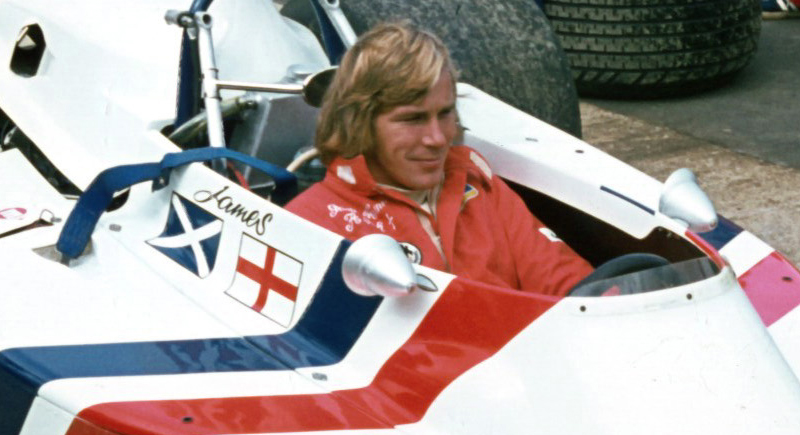
Credit: Wikimedia Commons
What looked like a clean win in Jarama turned chaotic when James Hunt failed to complete an entire lap after a red flag incident. Officials disqualified him and wiped away his first-place finish. But McLaren fought back and won on appeal weeks later, restoring the win. It was a mess—but one that added spice to the wild 1976 title fight.
Nelson Piquet – Brabham-BMW, 1982 Brazilian Grand Prix
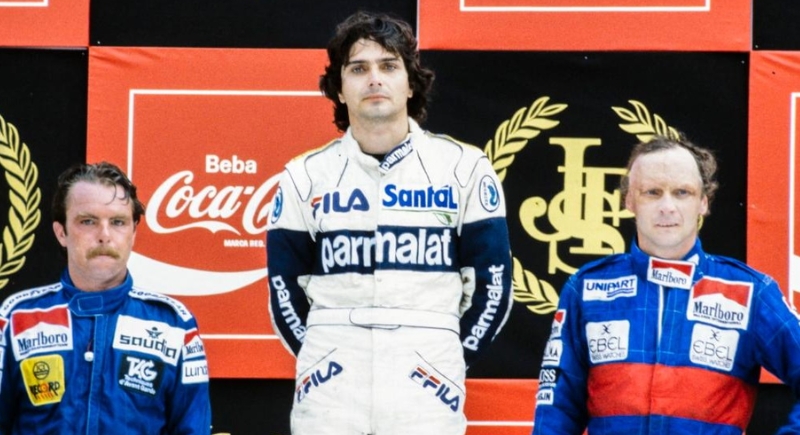
Credit: IMDb
Celebrating in front of a home crowd didn’t last long. Nelson Piquet’s Brabham used a sneaky “water-cooled brakes” trick to drop weight post-race. The trick helped him win, but the FIA saw through it and disqualified him. That race ended the loophole and started stricter weight enforcement, thus closing a chapter in team creativity.
Alain Prost – McLaren-TAG, 1985 San Marino Grand Prix

Credit: Reddit
Post-race scrutineering revealed Alain Prost’s car was underweight and led to his disqualification after he crossed the line first at Imola. His win evaporated instantly. It wasn’t sabotage but a miscalculation in fuel burn and weight distribution. In a season packed with drama, this one stuck out for how avoidable it was. The team likely double-checked weights forever after.
Ayrton Senna – McLaren-Honda, 1989 Japanese Grand Prix
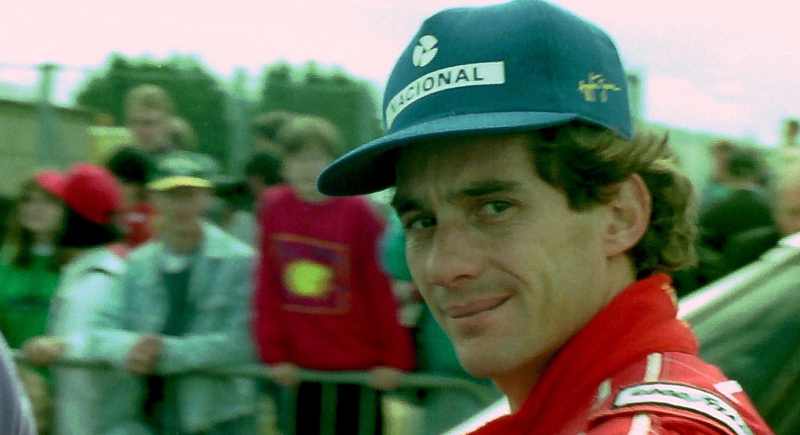
Credit: Wikimedia Commons
That title-deciding Suzuka race had everything: team rivalry, chaos, and controversy. Ayrton Senna collided with Alain Prost, rejoined the race, won, and then got disqualified for cutting the chicane re-entry. Conspiracy theories flew, which Senna called political. The FIA stood firm and left fans still arguing about this one. Years later, the drama still defines one of F1’s biggest rivalries.
Michael Schumacher – Benetton-Ford, 1994 Belgian Grand Prix
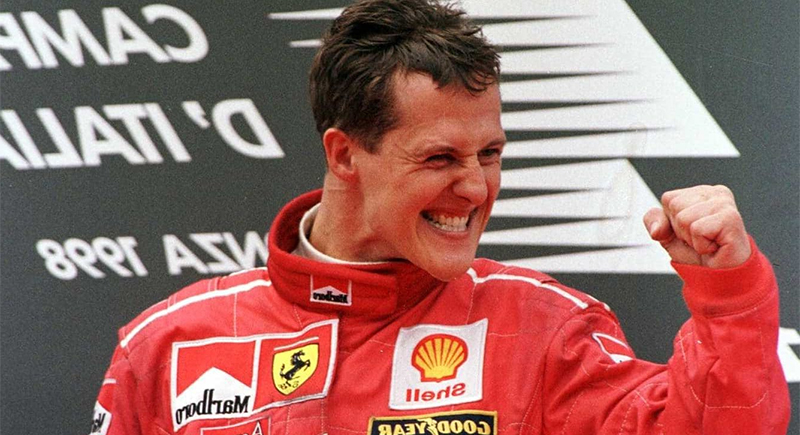
Credit: Wikimedia Commons
Even with a dominant performance at Spa, Michael Schumacher’s win didn’t stand. Officials discovered illegal wear on the skid block under his Benetton. That thin piece of wood underneath F1 cars was too worn down. It hinted at running too low, which boosted grip—against the rules. The result was disqualification with no victory lap for Schumi that weekend.
David Coulthard – McLaren-Mercedes, 2000 Brazilian Grand Prix
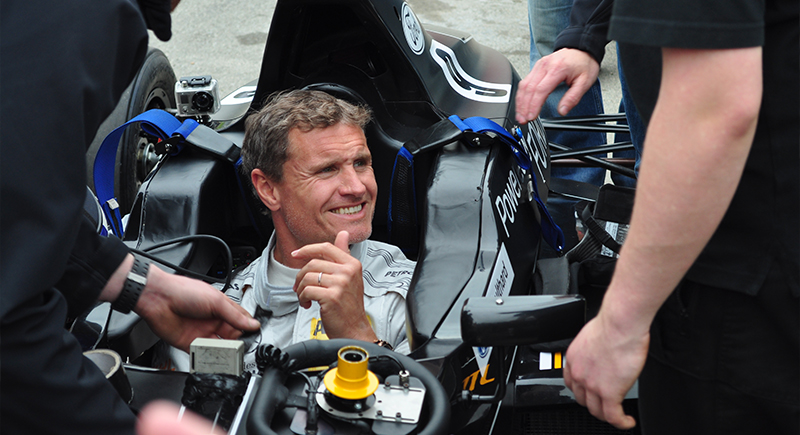
Credit: Wikimedia Commons
Brazil gave David Coulthard a win—and then revoked it. His front wing endplates didn’t comply with FIA measurements. It came out below the required height, a minor technical issue with major consequences. The stewards’ decision stemmed from a design detail they couldn’t ignore, rather than racing errors.
Lewis Hamilton – McLaren-Mercedes, 2009 Australian Grand Prix

Credit: Wikimedia Commons
Although Lewis Hamilton didn’t win the race at the 2009 Australian Grand Prix, he got promoted to third—then was disqualified days later. It turns out, McLaren misled stewards over an incident involving Jarno Trulli’s safety car pass. Hamilton later admitted the truth, which pushed F1 to slap him with a DSQ for unsportsmanlike conduct. It’s rare to lose a podium over honesty, but here we are.
Daniel Ricciardo – Red Bull Racing, 2014 Australian Grand Prix
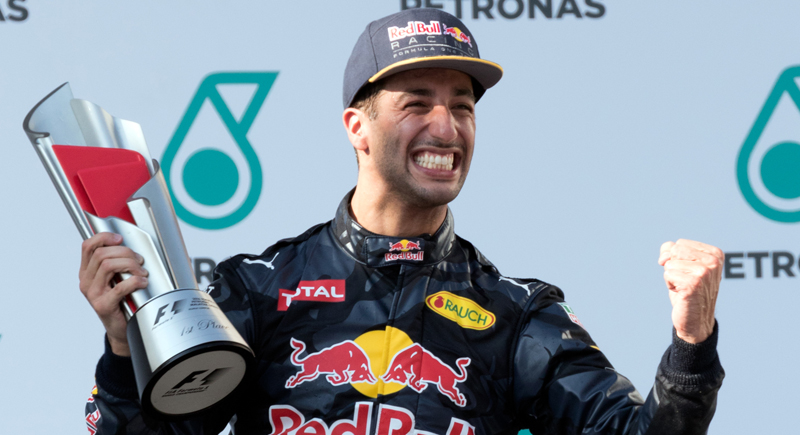
Credit: Wikimedia Commons
Australia showed love for Danny Ricc with a roaring home crowd and second place on debut for Red Bull. But hours later, the Formula 1 team’s fuel flow sensor exceeding the legal limit undid it all. No gray area here—the rule was clear, and so was the punishment. Ricc’s disqualification denied him podium champagne that night.
Romain Grosjean – Haas-Ferrari, 2018 Italian Grand Prix
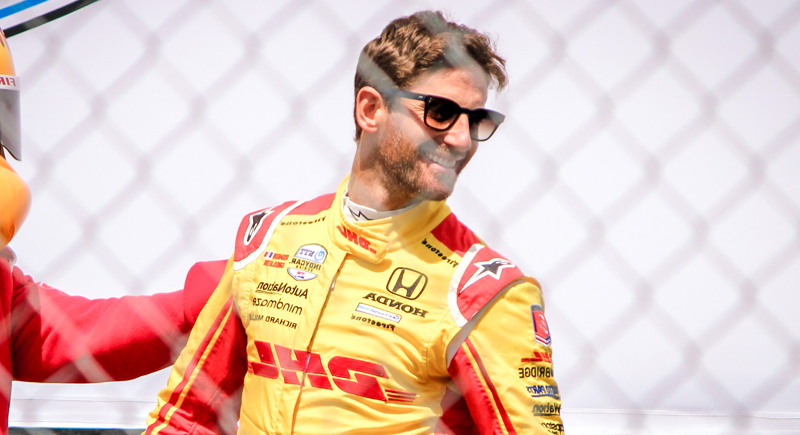
Credit: Wikimedia Commons
Sixth place felt like a win for a midfield team like Haas—until Renault protested. Romain Grosjean’s floor design didn’t meet new FIA specifications, despite warnings. The team hadn’t updated it in time, and stewards didn’t give second chances. The DSQ allowed their rivals to gain points, probably leading them to pop champagne in the hospitality tent afterward.
Esteban Ocon – Force India-Mercedes, 2018 United States Grand Prix
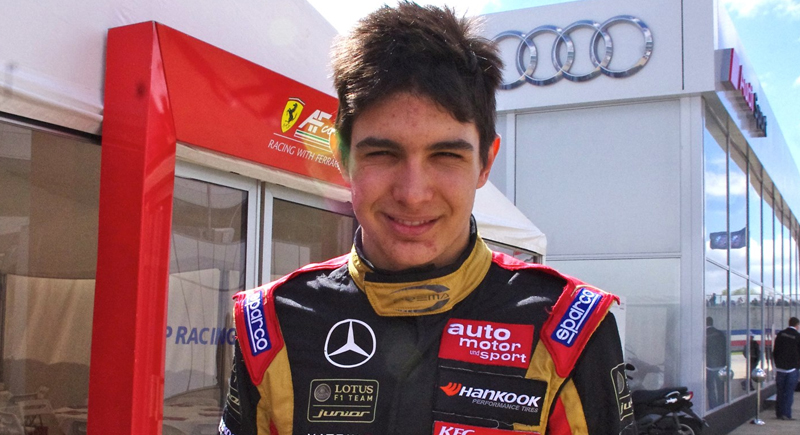
Credit: Wikimedia Commons
Sneaky fast on Lap 1, Esteban Ocon’s car blew past the fuel flow limit of 100 kilograms per hour. That’s a no-go in F1’s energy-conscious era. Post-race, the violation caused his eighth-place finish to be voided. Fuel flow sensors are strict—and yes, stewards do check every lap. One small spike meant zero championship points.
George Russell – Mercedes, 2024 Belgian Grand Prix

Credit: Wikimedia Commons
A huge moment for George Russell turned bittersweet. He crossed the line first at Spa, finally breaking through—but the floor plank on his car showed too much wear. The fact that his car had more than the 1mm tolerance allowed by F1 rules led to his disqualification. The paddock watched him handle it like a pro—no tantrum, simply heartbreak.
Charles Leclerc – Ferrari, 2025 Chinese Grand Prix

Credit: Wikimedia Commons
The Chinese Grand Prix became a Ferrari disaster. During scrutineering, Charles Leclerc’s car did not meet the required weight compliance, even though he had clinched second place. That’s the simplest and most brutal disqualification in the book. Race pace or not, there was no mercy as his DSQ added to a weekend the team won’t be revisiting soon.
Lewis Hamilton – Ferrari, 2025 Chinese Grand Prix
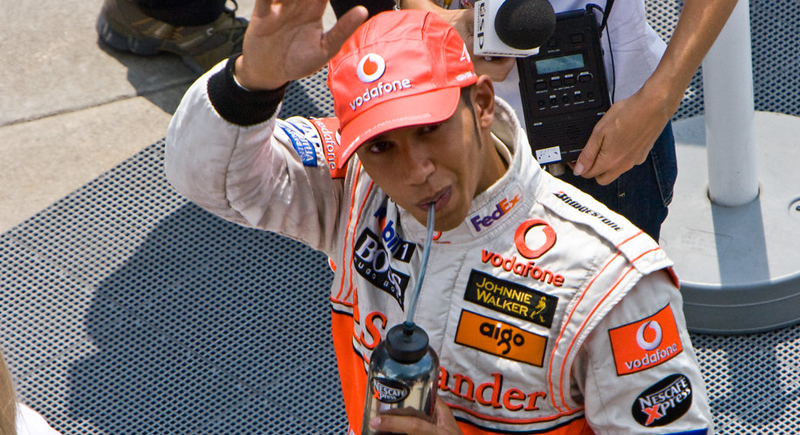
Credit: flickr
As if one DSQ weren’t enough for Ferrari, excessive plank wear caused Lewis Hamilton’s race-winning car to also fall foul. The sport’s floor plank rule (introduced post-Senna) once again played spoiler. Two Ferraris out, no points, one historic meltdown. The paddock didn’t know whether to laugh or cry.